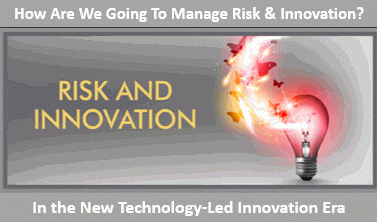
Throughout the past couple of years, I have been constantly arguing about the need to put innovation management on a digital platform.
These have come in different thoughts on digital platforms, ready for cross-industry and having in place, a rapid digital innovation process that scales and evolves on new technology and insights.
We need a radical design, universal in design and approach.
What if you could manage your innovation in the ways shown in this diagram?
This is the way PLM innovation platforms are progressing and currently being assessed by CIMdata in a PLM Innovation Assessment Scorecard shown further below. Link to the position paper
The argument about what any innovation management system provides goes on and on and still, we seem not to be at the universal acceptance point that an innovation management process is critical and needs a better system of management.
What we should finally accept, a platform connects all users, both internally and externally in their ability to share their knowledge and information in exchanges, in one environment to cultivate collaborations and continuous collaborative creativity. The more we design and need to deliver smart, connected and innovative products the more we have this innovation platform need.
The majority of the present software providers fail to grasp this. Continue reading “Building the Single Innovation Digital Platform Environment”








